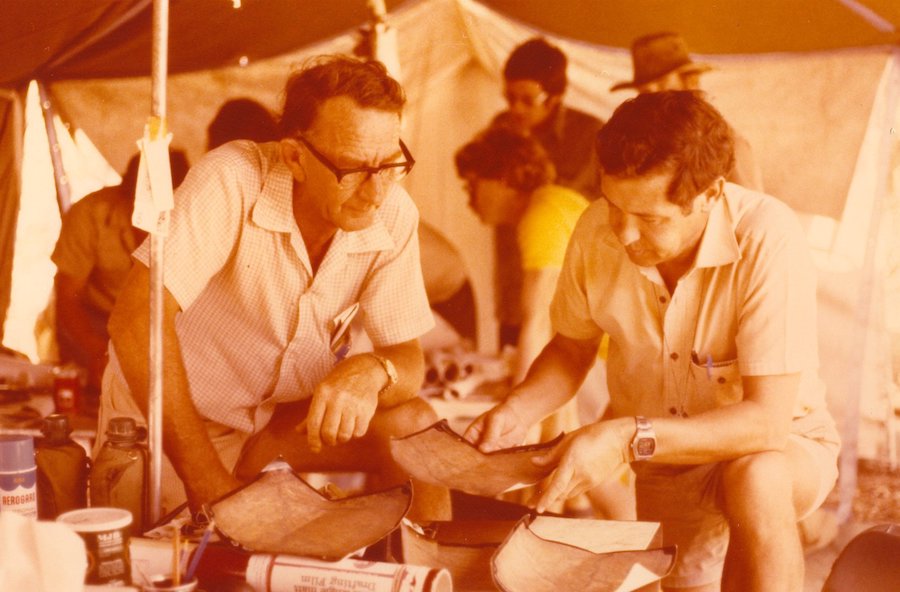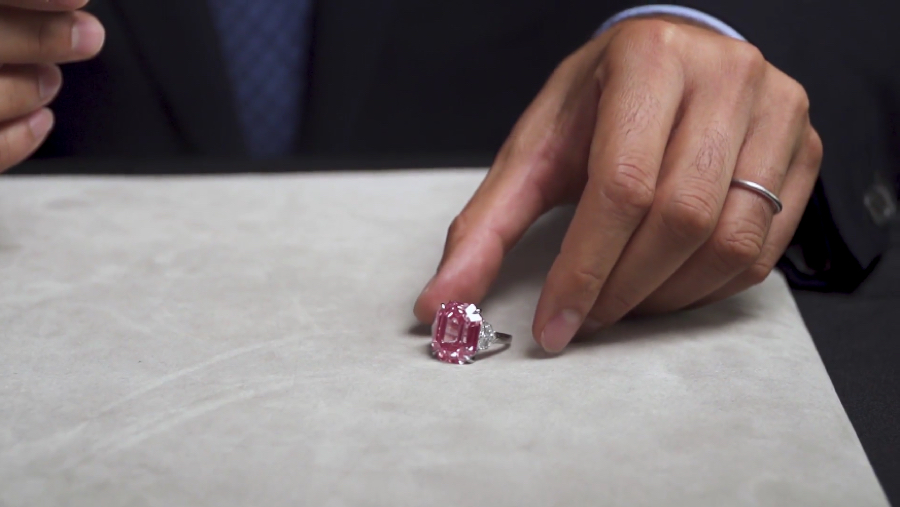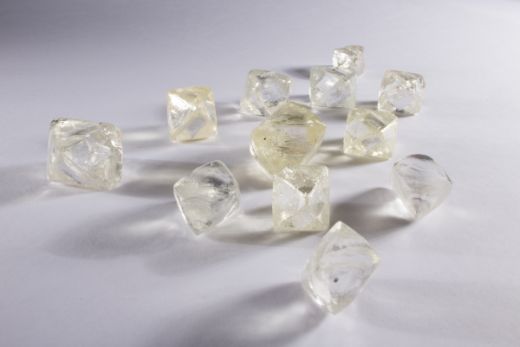
Lucara Diamond Corp. has sold a 549 carat diamond to Louis Vuitton through a partnership that will see the luxury retailer craft bespoke pieces to match client requests.
“In line with their long tradition of personalization, Louis Vuitton envisages. the ultimate personalized high jewelry experience, and the opportunity to create a truly unique gem, a storied family heirloom,” Lucara said Wednesday. “In this way, the client will be involved in the creative process of plotting, cutting, polishing and becoming part of the story that the stone will carry with it into history.”
HB Antwerp will manufacture the stone, which is the fourth largest in the history of Botswana. Lucara will receive a purchase price based on the estimated polished outcome, which HB will determine using scanning and planning technologies. Louis Vuitton will pay the miner more at a later stage if the final polished price exceeds this estimate, while subtracting manufacturing costs, Lucara noted.
Lucara recovered the 549 carat, unbroken diamond, which is of “exceptional purity,” from the high value EM/PK(S) unit of the south lobe of its Karowe mine in February. It has named the stone Sethunya, which means flower in Setswana.
The miner sold the 1,758 carat Sewelô rough, Botswana’s largest diamond, into the partnership with Louis Vuitton and HB in January.
“We are extremely pleased to be building on the groundbreaking partnership established for the manufacturing of the Sewelô earlier this year,” said Lucara CEO Eira Thomas. “[Louis Vuitton and HB Antwerp will] transform Sethunya. into an extraordinary, bespoke, polished diamond collection, catering exclusively to the desires of Louis Vuitton’s global customer base.”
Source: DCLA






